One of the first things I noticed about Melbourne when I moved here are the beautiful homes: cottages, terrace homes, California Bungalows, charming little houses and grand estates. In recent weeks, I’ve been learning more about Australian home styles. Australia has a rich and eclectic urban landscape influenced by English and American architectural styles that has been shaped by Australia’s topography and economic climate. Here’s a look at some common architectural styles in Australia, particularly in Melbourne.
Victorian period c. 1840 – c. 1890
Victorian architecture is an umbrella term that refers to several styles that were conceived during the reign of Queen Victoria. These styles include Georgian, Regency, Filigree, Italianate (such as Werribee Mansion), Gothic, Tudor, Classical, and Second Empire.
Victorian homes reflect Australia’s economy and growth. They were simple at first, like the workers’ cottages. As the gold rush took hold, they became more elaborate. They feature intricate stucco facades, patterned brickwork, verandas with cast iron lacework, arched and double hung timber windows, and roofs made from slate or corrugated iron. Weatherboards were used and larger homes also used red brick and blue stone. Late Victorian era homes were the most decorative and became known as Boom Style homes. Melbourne’s inner suburbs are treasures of Victorian era homes.

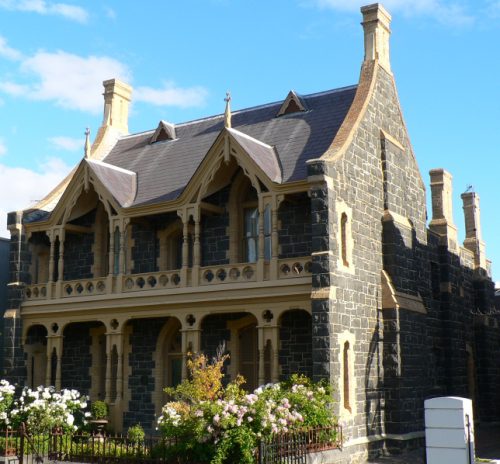

A specific style emerged in Queensland. The Queenslander is easily identified. It’s almost always constructed of wood, generally sits on stilts above ground level, has large verandas, and metal corrugated roofs. The Queenslander is distinct, unique, and very beautiful.
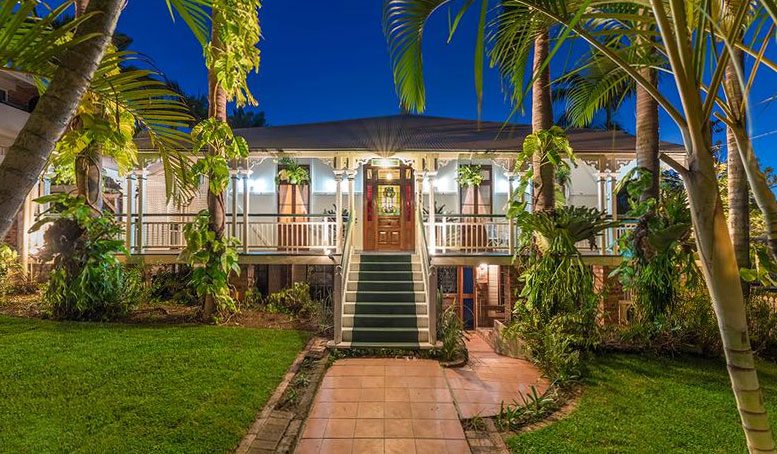
Federation period c. 1890 – c. 1915
During this era, Edward VII sat on the throne and Australia became a nation of its own. In Australia, Edwardian architecture used Australian motifs, like kangaroos and emus, and became known as Federation.
As Melbourne began to sprawl, architects kept the ornate features of the Victorian period, but took advantage of big blocks of land to build homes that were even grander in scale and design. There are about twelve different Federation styles. Queen Anne is one of the most well known. These homes feature asymmetrical composition, elaborate verandas, tall chimneys, and steeply pitched and multi-faceted roofs.
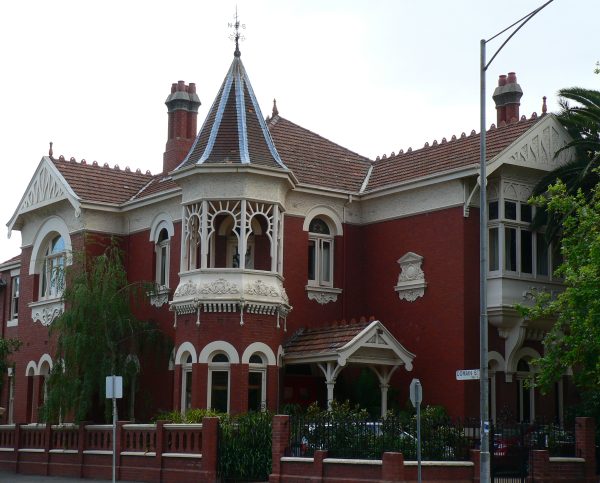

War and post-war periods c. 1915 – c. 1960
The different styles of this era include the Californian Bungalow, Ashgrovian, Spanish Mission, Old English, and Early Moderne.
Until about 1913, Australian architecture had been heavily influenced by British styles. The California Bungalow reflects American influence. During this time, we saw the rise of the Hollywood film industry, which popularised American clothes, furniture, houses, and cars. Also, U.S. architectural magazines began to hit Australian markets. Like other styles before it, the California Bungalow underwent regional adaptations.
The California Bungalow is a very popular style in Melbourne. It is instantly recognised by a veranda held upright by large, thick columns. Generally, the roof is lowly pitched and many California Bungalows feature bay windows. These are widely seen in a 8-15km radius around the Melbourne’s CBD.

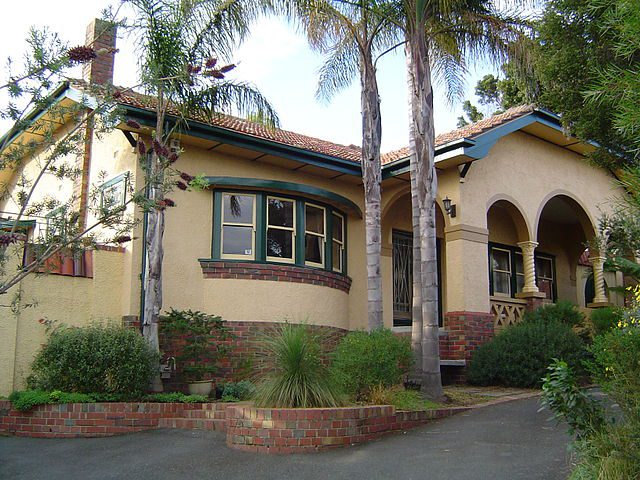
During this era, Australia also embraced Art Deco. It was a very modern looking style inspired by the German Bauhaus movement. Art Deco homes feature geometric shapes against curved edges, hipped roofs, unusual materials and finishes, and Art Deco ornamentation. Closely related is the Waterfall style, which featured brick veneers, descending curves in chimneys, curved corner windows, fence pillars, and other vertical elements.

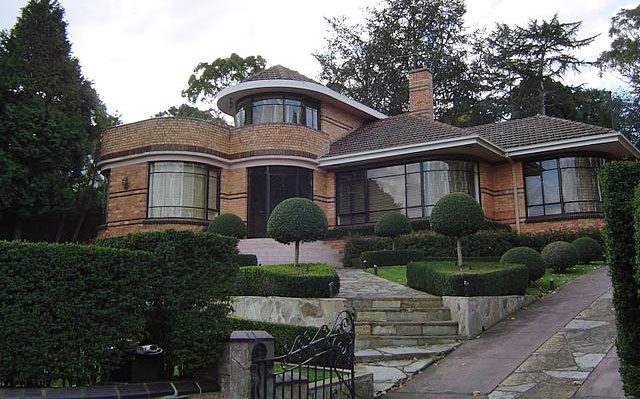
Late 20th century 1960 – 2000
There are many 20th century architectural styles including International, Brutalist, Tropical, Late Modern, Post Modern, and Regional.
In the post-war years, demand for housing was huge due to the baby boom and immigration. Simple brick veneer homes were built by the thousands. Starting in the 1950s, the Triple Front home became popular.
In the 1980s and 1990s, Australia had a building boom that strained supplies. As a result, many buildings from this era are characterised by generic designs, cheap and low quality materials, and asbestos.
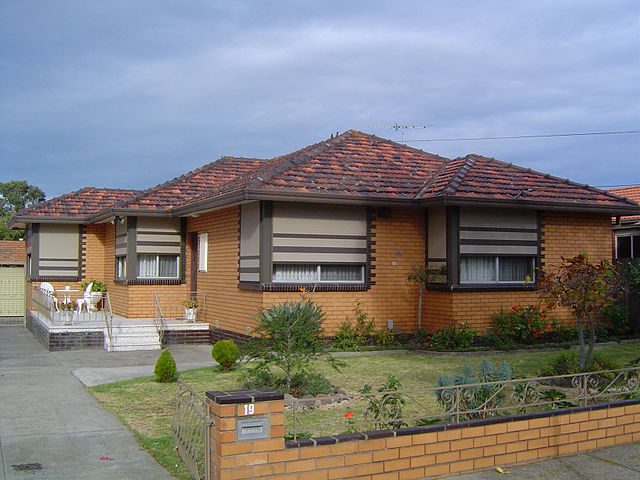
What kind of home do you live in? What kind of home would you like to live in?

